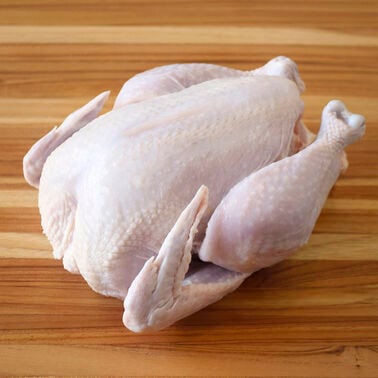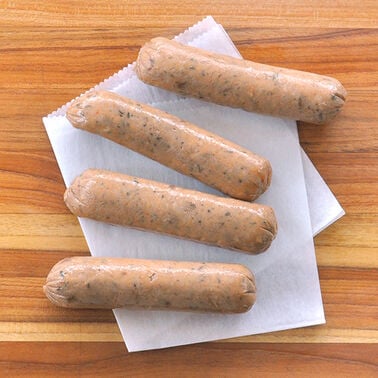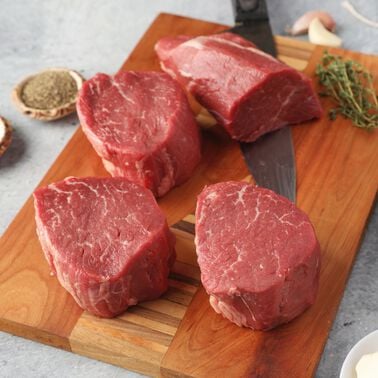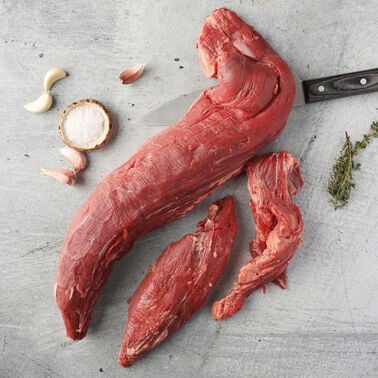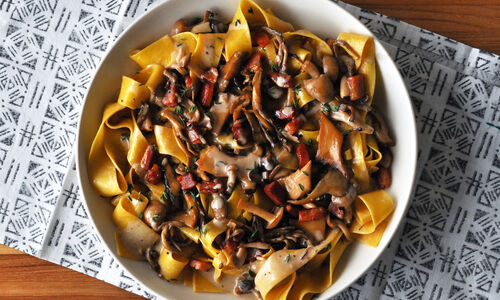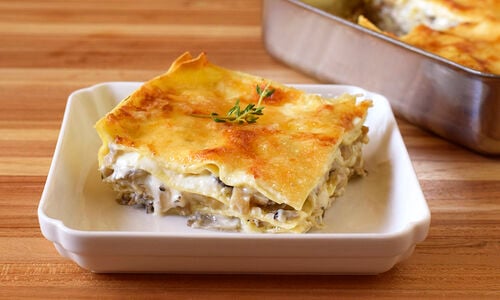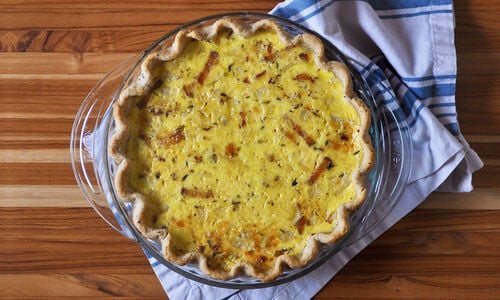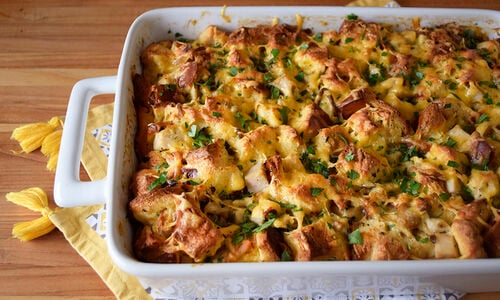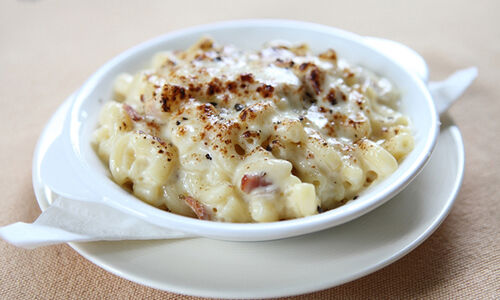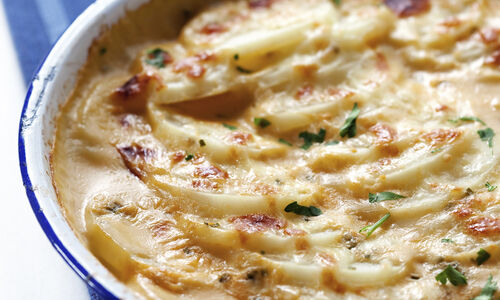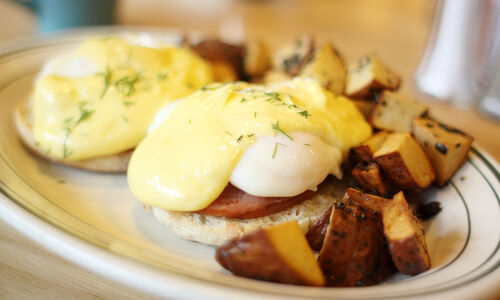
The earliest accounts of fondue as a dish of cheese melted with wine and served with bread date back to Switzerland in the late 17th century. Some stories say that it was initially a peasant dish, made out of necessity during long winters when food options were limited. Other narratives disagree; saying that cheese appropriate for the fondue pot would have been made for sale, not for eating at home. Regardless of the origins, by 1875 fondue was the Swiss National Dish.
The Swiss began a campaign in the 1930s to market fondue abroad and finally, in the 1960s, it became popular in the U.S. Though the eating of fondue fell off in the eighties and nineties, an appreciation for kitsch and nostalgia has brought it back into vogue.
It is thought that one of the reasons that fondue parties were so popular in the sixties is that they reflected the country’s changing mores and embraced the sense of informality and community that was growing during that era. What’s more, as more women went back to work, fondue became an easy way to throw a dinner party together after a day at the office or in the classroom.
Classic cheese fondue is made with a combination of Emmental and Gruyere cheeses that are grated, tossed in flour or cornstarch and then melted into simmering white wine. A splash of the cherry brandy called Kirsch is added in the last moments prior to serving. It’s also traditional to rub a cut clove of garlic around the inside of the fondue pot in order to add a hint of pungent flour. To eat, diners are given long-handled forks, invited to spear cubes of bread with their forks and then dip them into the cheese. In addition to the bread, we suggest adding chunks of grilled chicken sausage to the array of dippers on your table.
As the popularity of fondue grew, the name was soon applied to other dishes that involved the same communal pot and long-handled fork. One popular version is Fondue Bourguignonne, in which a pot of very hot oil is set in the center of the table along with plates of raw beef or chicken. Diners are instructed to cook the meat in the oil to their tastes. Typically, there is also an array of dipping sauces served alongside this type of fondue.
Chocolate fondue is another popular variety. To make it, a small amount of cream is brought to a simmer. Once it is hot, chopped chocolate is added and stirred until it has melted. Some recipes call for the addition of either hazelnut or orange liqueur. It served with fresh fruit, butter cookies and pound cake.
